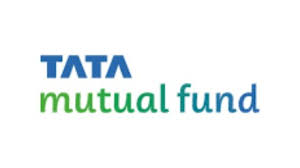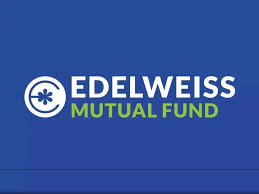About NFO
Any asset management company launching a new mutual fund in the market can raise capital for the same by announcing a new fund offer (NFO). Similar to the concept of an initial public offering (IPO), details of the portfolio such as the company shares to the purchased, kind of securities to be procured, fund manager, etc. are incorporated in such new fund offers.
Through such offers, investors can purchase units of a mutual fund at the subscription price, usually set at Rs.10 per unit. Both open-ended and closed-end funds are launched via new fund offers for a limited time period, after which such mutual funds are traded in the market based on their corresponding net asset value (NAV).
Understanding New Fund Offering
As per SEBI regulations, a new fund offering can remain active in the market for a maximum of 30 days. Offer price to subscribe to such mutual funds is Rs. 10, and the collected revenue can be utilised in procuring securities of various publicly traded companies listed in a stock exchange.
After a new fund offer closes, any trade of a respective mutual fund has to be done based on the NAV of the fund. Subscribing to a mutual fund through new fund offers is profitable, as investors get access to respective units at a nominal cost. Hence, profits realised at a later date is substantial, allowing individuals to realise immense capital gains once the mutual fund starts trading in the open market.
Types of New Fund Offer –
1. Close-ended funds
These mutual funds are associated with a fixed corpus, raised through new fund offer. After the subscription period is over, no further addition to the portfolio is allowed, and the NAV of the fund is determined based on the number of units in circulation with respect to the total value of underlying assets.
Any purchase or sale of mutual fund units has to be done through market exchange, similar to stock market trading. The price at which the NAV units are traded is subject to the overall demand and supply in the market, determining whether a unit is traded at a premium or discount.
Let us consider an example. Miss Pubali has subscribed to X mutual fund to procure 100 units at Rs. 10 each. After the mutual fund commenced operating in the stock market, the NAV stood at Rs. 12 (due to fluctuation in the portfolio asset prices). Thus, the value of her investment currently stands at Rs. 1,200 (12×100).
For any reason, Pubali decides to sell her investment in the stock market, wherein investors are willing to pay Rs. 15 per unit. Hence, we can conclude that the mutual fund is trading at a premium to its NAV price.
On the other hand, in case of negative outlook regarding the performance of fund X, the price of each mutual fund can fall as well, to, say, Rs. 8 per unit. In such cases, X is trading at a discount to its NAV price, and selling respective shares would incur a loss.
2. Open-ended funds
Most mutual funds can be categorized as open-ended funds, wherein the number of units of the respective fund keeps fluctuating with a corresponding demand. New fund offerings allow individuals to procure units of a mutual fund before its NAV has been determined, thereby allowing them to gain profits in the long run. After a mutual fund starts operating, investors have to pay the respective net asset value for obtaining each unit of the fund.
For example, Monica invests in an open-ended mutual fund Y during itsnew fund offerwith Rs. 500, procuring 50 units. Upon activation of the fund, the NAV value stands at Rs. 20 per unit (as perthe performance of the underlying assets), implying any new purchases have to be made at this price. If she decides to sell her share of the fund, Monika is eligible to receive Rs. 1,000 (50×20) at the new NAV price.
Both open-ended and closed-end funds can be chosen as a tool for investment, as both are likely to generate capital gains as well as dividend returns (depending upon the type of investment scheme). While open-ended funds tend to be actively managed by portfolio managers, close-ended funds are likely to be passively managed to replicate the returns of a benchmark index.









